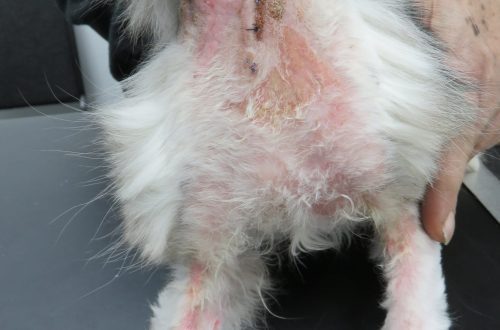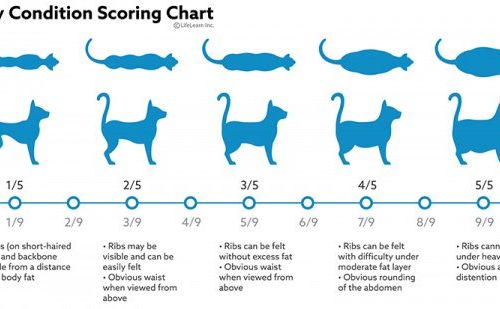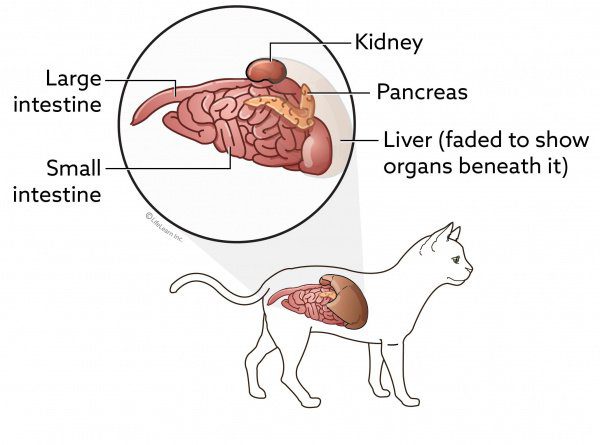
pancreatitis in cats
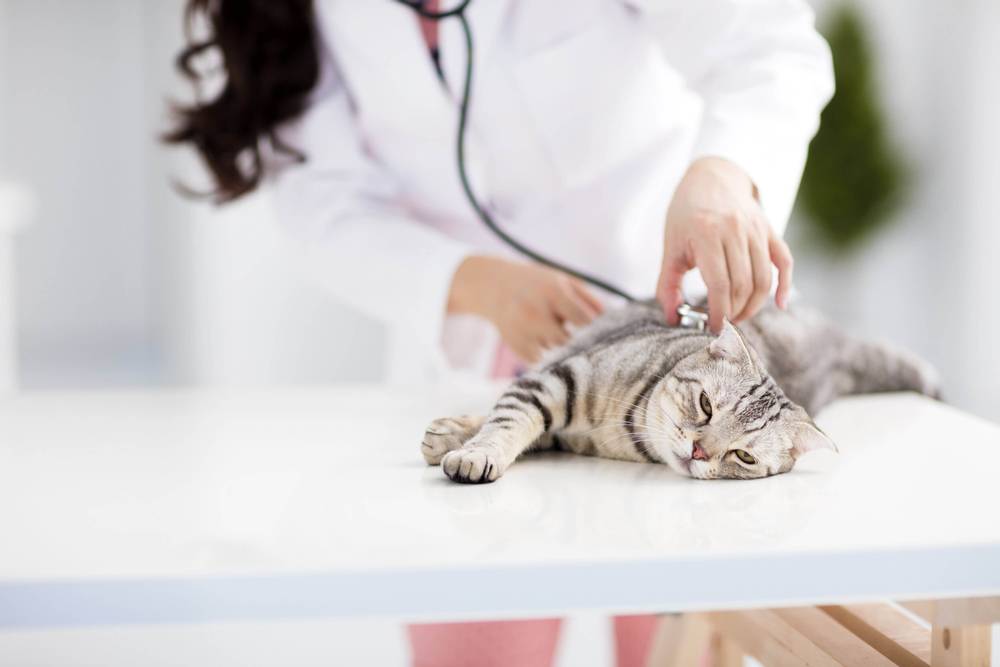
The pancreas is a unique organ in the body that is a gland of both exogenous and endogenous secretion. The exocrine function ensures optimal digestion of food and absorption of nutrients in the intestine and consists in the production of special digestive enzymes (trypsin, lipase, amylase). The endocrine function of the pancreas is to maintain the level of glucose in the body and is provided by the production of the hormone insulin. Thus, inflammation of the pancreas – pancreatitis – is a dangerous disease that affects the functioning of the whole organism.
According to a new large study conducted on 6504 cats, it was found that only 0,6% of cases of cat death were caused by pancreatitis, and in 0,4% of cases the disorders were characteristic of chronic pancreatitis, and in 0,2% of cases – for acute. Thus, a rare intravital diagnosis of this disease is associated with the difficulties of making a diagnosis and a rather rapid lethal outcome for a pet.
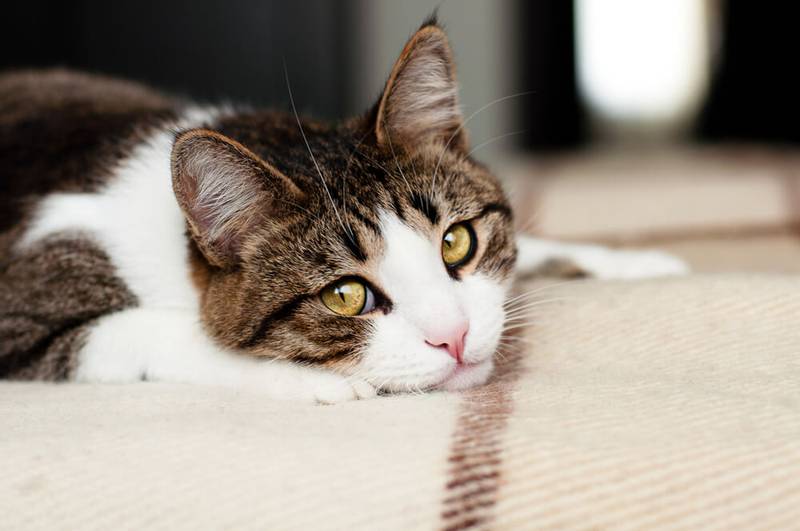
Contents
Causes of the disease
The main function of the pancreas is the supply of digestive enzymes to the small intestine, which break down proteins, fats and carbohydrates that enter the body. But at the same time, iron also produces special substances – inhibitors of proteolytic enzymes, which protect the body from self-digestion. Under certain conditions, the production of these substances can be disrupted, the activation of digestive enzymes stored in the cells of the pancreas is caused, and they damage the organ, leading to the disease – pancreatitis.
The exact causes of pancreatitis in cats are not well understood. In most confirmed cases of the disease, the leading factor in the onset of the disease remains unknown. It is believed that in cats, complex disorders of the body can provoke the development of pancreatitis, such as:
parasitic diseases (fascioliasis);
secondary pancreatitis as a complication of a bacterial infection;
traumatic injury to an organ (for example, as a result of a fall from a height);
obstruction of the pancreatic duct;
various diseases accompanied by an increase in the level of calcium in the blood (hypercalcemia);
chronic kidney disease;
immune-mediated disease;
organophosphate poisoning;
idiopathic causes;
as well as some infectious diseases (toxoplasmosis, calicivirus, infectious peritonitis cause the so-called viral pancreatitis in cats).
In most cases, the causes that trigger pancreatitis are not obvious. Rarely, pancreatitis occurs as an independent disease, usually accompanied by inflammation of the small intestine and liver disease. This complex of diseases is known as “feline triaditis”.
Acute pancreatitis often becomes chronic, which, in turn, can lead to the development of a disease such as exocrine pancreatic insufficiency. With the development of purulent inflammation of the organ, the prognosis of the disease is poor.
There is no gender or age predisposition to feline pancreatitis. Even a kitten can have pancreatitis.

Symptoms of pancreatitis in cats
Contrary to popular belief, vomiting is not a symptom of pancreatitis in cats. This disease in cats, in principle, does not have a specific manifestation, and in most cases, the presence of pancreatitis in a cat becomes known only after contacting the clinic and conducting a medical examination. Often the only sign that a cat has pancreatitis is weight loss and/or refusal to eat.
It is also possible to identify episodes of lethargy, fever or, conversely, its decrease, pain in the abdomen is often found. In rare cases, mucosal icterus (i.e., yellowness), loose stools, and even abdominal masses can be palpated in cats.
Remember that when the first symptoms of pancreatitis appear in a cat, treatment should be started immediately by contacting a veterinarian!
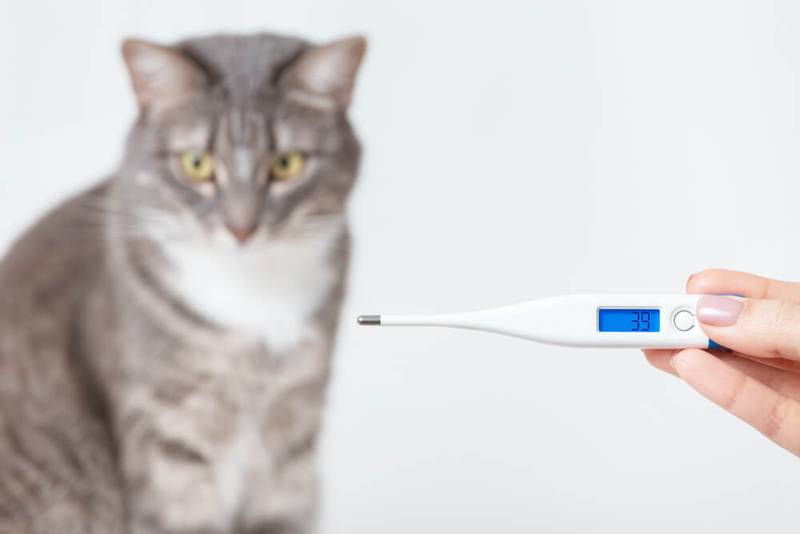
Forms of feline pancreatitis
In modern gastroenterology, depending on the degree of reversibility of changes, acute and chronic pancreatitis is distinguished. In acute pancreatitis, if the cause of the disease is eliminated, inflammation of the organ and all the changes caused by it are completely reversible. In chronic pancreatitis, prolonged inflammation of the organ is observed, followed by the formation of irreversible changes. It is important to understand that making a diagnosis is very difficult and that the final diagnosis can be established only after a biopsy of the organ (taking a piece of the organ for analysis) with subsequent submission of the material for histology. Unfortunately, based only on the history and clinical signs of the disease, it is impossible to distinguish acute from chronic pancreatitis.
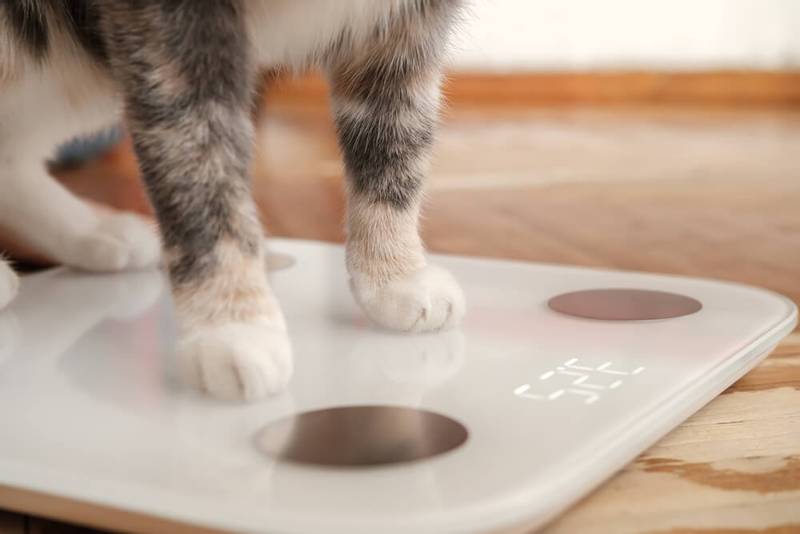
Acute form
Acute pancreatitis usually develops rapidly and may be the result of an organ injury, infection, or poisoning. Cats very often develop traumatic organ damage after falling from a height.
It should be noted that acute inflammation of the pancreas directly affects the state of the liver and intestines. The bacterial microflora from the affected organ enters the duodenum through the common bile duct, from where it further enters both the following sections of the intestine and the liver through the bile ducts. Thus, hepatopathy, hepatitis, cholangitis can develop.
The prognosis for acute pancreatitis is poor. There are high risks of developing various systemic complications – pulmonary edema, cardiac arrhythmia, peritonitis, diabetes mellitus, exocrine pancreatic insufficiency. In acute pancreatitis in a kitten, the prognosis is usually more favorable due to the high compensatory capabilities of the body.
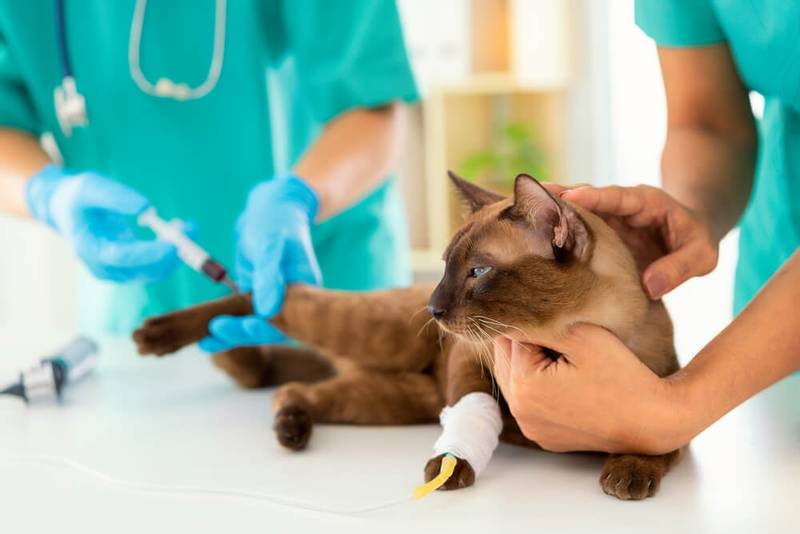
Chronic form
Chronic pancreatitis is a long-term disease against the background of any irreversible physiological changes. Despite the fact that the original cause of chronic pancreatitis in most cases can not be established, it is necessary to eliminate possible risk factors. Therefore, if you suspect the presence of chronic pancreatitis in a cat, you must:
control the dietary nutrition of the animal;
exclude the presence of possible hidden infectious diseases;
monitor the presence of hypercalcemia and treat its causes when detected;
collect a complete drug history of the patient’s treatment and, if necessary, change the treatment;
consider using immunosuppressive drugs if an autoimmune cause is suspected.
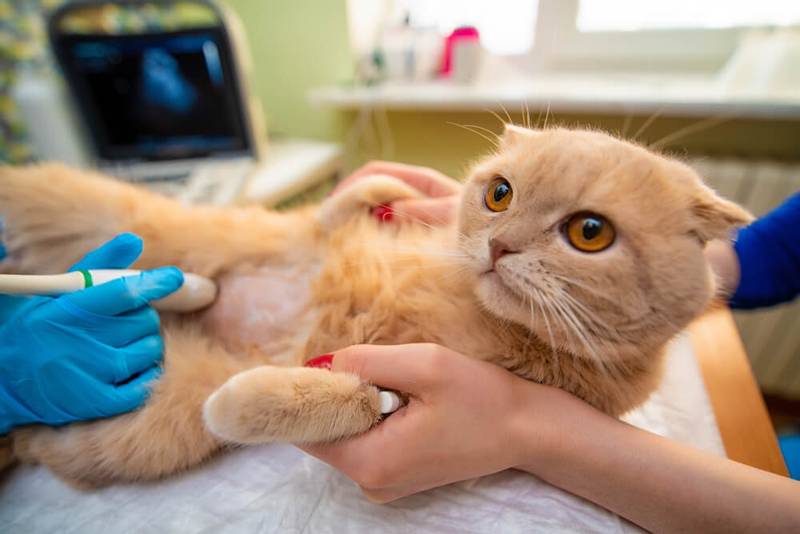
Diagnosis of pancreatitis
Because feline pancreatitis is a rare disease and its symptoms are nonspecific, it is usually a diagnosis of exclusion. To exclude systemic pathologies, detailed blood tests are taken. An x-ray of the abdominal cavity can detect volumetric formations, an increase in the size of the organ, foreign bodies, and other disorders. By ultrasound, volumetric formations, foreign bodies, and violations of the structure of organs are determined. If there is an effusion in the abdominal cavity, it is pumped out by puncture and analyzed for cytology of the resulting fluid. A modern diagnostic method is a blood test for feline pancreatic lipase.
Possible diagnostic findings in pancreatitis are shown in the table:
Type of study | Result |
General blood analysis | – Leukocytosis with a shift to the left; – Hypoplastic anemia; |
Biochemical analysis of blood | – Azotemia (increase in the amount of urea and creatinine); – An increase in the amount of lipase and amylase (although it has been proven that an increase in these indicators is not very significant in cats); – Increased bilirubin level; – Increased glucose levels; – Increased cholesterol levels; – Increased triglyceride levels; |
X-ray of the chest (especially for high-altitude injuries) | – Signs of pulmonary edema; – Signs of effusion in the chest cavity; |
Abdominal x-ray | – Generalized or focal loss of detail of the serous membranes; – Increased radiopacity and the presence of opaque structures in the pancreas; – Displacement or expansion of the duodenum; – An increase in the boundaries of the liver is possible; |
Abdominal ultrasound | – Edema of the pancreas; – Change in the echogenicity of the pancreas; – Hyperechogenicity of fat deposits and omentum surrounding the pancreas; – Abdominal effusion; – Expansion of the common bile duct. |
Specific test – species-specific feline pancreatic lipase | This test has a sensitivity of 80% and is currently the most common non-invasive tool for diagnosing the presence of pancreatitis. |
Biopsy | Taking a piece of an organ and sending the material for histology is currently the most reliable way to make a diagnosis. |
Now let’s figure out how to treat pancreatitis in a cat.
Treatment of pancreatitis in cats
Treatment for pancreatitis in cats consists of medication and diet.
If symptoms of acute pancreatitis are detected in cats, treatment in a hospital setting is indicated. Treatment of acute pancreatitis in cats consists in relieving symptoms and is aimed at maintaining the water and acid-base balance of the body, at relieving the inflammatory process and at preventing the development of systemic disorders.
First of all, cats are given intravenous therapy: depending on the results of a blood test for gases and electrolytes, glucose, potassium, complex saline solutions and colloids are used. In severe pancreatitis, plasma transfusion may be required.
If vomiting is present, antiemetic therapy (eg, metoclopramide or maropitant) is given.
On the first day of the pet’s stay in the hospital, it is necessary to control the water and electrolyte balance, body weight, the amount of urine excreted, determine the activity of enzymes, the level of total protein, glucose, the level of urea and creatinine in the blood.
In feline pancreatitis of a lymphocytic nature, treatment consists in prescribing steroid drugs (for example, prednisolone).
Regardless of the presence of signs of pain, prescription painkillers must be administered, in their absence (in extreme cases) metamizole sodium or non-steroidal anti-inflammatory drugs (ketoprofen).
Often, empirical antibiotic therapy (cephalosporin series) is performed in acute pancreatitis to prevent the development of infectious complications.
As already mentioned, pancreatitis is rare in cats in its pure form. It is usually accompanied by diseases such as inflammatory bowel disease, cholangiohepatitis, and nephritis, and hepatic lipidosis is also common. Therefore, treatment should be comprehensive and aimed at eliminating all pathologies that a cat has.
Drug treatment of chronic pancreatitis in a cat is usually supportive and consists in eliminating such consequences of pancreatitis as the development of secondary diabetes mellitus or exocrine pancreatic insufficiency. Thus, the treatment strategy for pancreatitis in cats depends on the severity of symptoms and the development of complications.
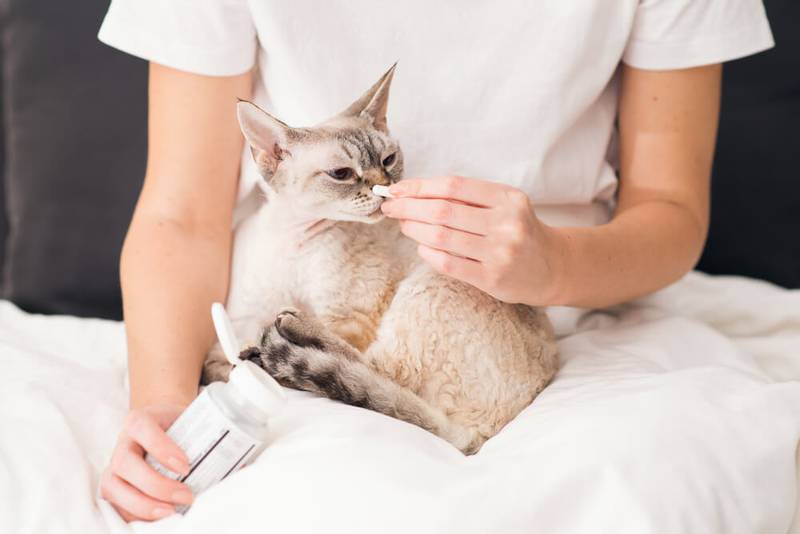
Cat food for pancreatitis
With inflammation of the pancreas, especially in acute cases, cats, as a rule, refuse to eat. Starvation for cats is very dangerous – due to the peculiarities of metabolism, they quickly develop liver lipidosis. Therefore, at the first signs of the disease and refusal to eat, the cat should be force-fed as early as possible. It is important to understand that only with timely treatment, relief of symptoms and the appointment of a special diet, it is possible to take pancreatitis under control. With a complete refusal to eat and the inability to give food to the cat, special tubes are used on their own – a nasoesophageal probe or esophagostomy. Forced (artificial) nutrition is necessary to prevent the development of liver lipidosis, lack of protein and calories, as well as suppression of the immune system.
So, if a cat is diagnosed with pancreatitis, what should I feed him? Food for cats with pancreatitis should be easily digestible. It should be noted that people with pancreatitis primarily require fat restriction – this recommendation does not apply to cats, since they are obligate predators and their fats are one of the main sources of energy. Therefore, the best food for a cat with pancreatitis will be the most delicious, complete and balanced diet containing a moderate amount of fat (10-12% in terms of dry matter). It is also important to monitor the level of protein in the diet – it should not exceed 16% of dry matter, since excess protein in the diet stimulates pancreatic function, which has a negative effect on pancreatitis in a cat or cat.
If you choose from commercial foods, you should choose from diets designed to treat diseases of the gastrointestinal tract, diabetes, hypoallergenic foods based on protein hydrolysate (especially in cases where pancreatitis is accompanied by inflammatory bowel disease). It should be noted that in the presence of pancreatitis in a kitten, special attention should be paid to the level of calcium and protein in the diet due to the increased needs of the growing body.
When feeding a cat at home with pancreatitis, it is imperative to pay attention to special additives: antioxidants, fatty acids, cobalamin and vitamin K. It should be noted that it is possible to feed a cat with pancreatitis with homemade diets, but for this you must definitely contact a professional veterinary nutritionist. You can even do this online – in the Petstory mobile application, you can sign up for an online consultation with a nutritionist. You can download the application from .
Prevention of pancreatitis
The general principles for the prevention of pancreatitis are reduced to the observance of zoohygienic rules of keeping. It is recommended to feed cats with high-quality industrial feeds or home diets agreed with a nutritionist, and regularly carry out antiparasitic treatment and vaccination.
As a prevention of injuries in apartments, it is imperative to install special protective grilles for cats on the windows to prevent them from falling.
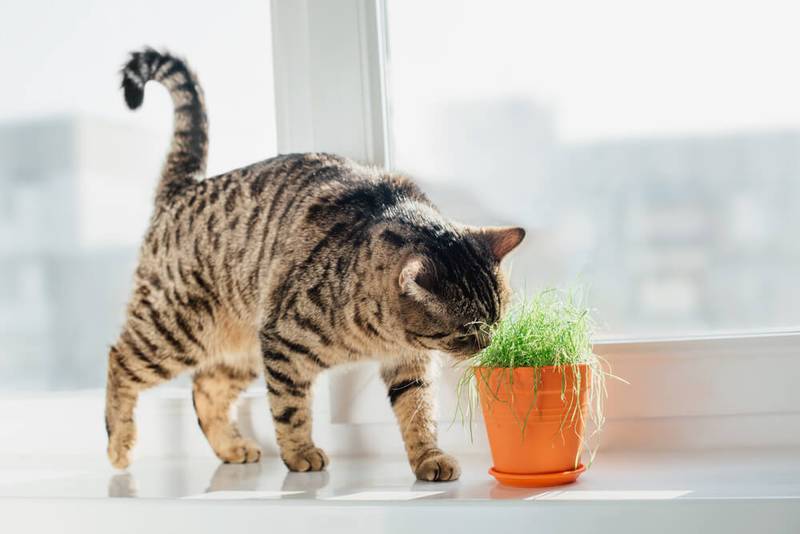
It is important to study the list of poisonous plants dangerous for cats and not keep them in the house.
It is strongly recommended that you take extra care when storing and using household chemicals in the home. It is strongly not recommended to store chemistry in the direct access of a cat.
When making a decision about walking cats, it is important to weigh all the risks and keep in mind the multiply increased risk of injury and infection with various infections.
It is strongly not recommended to feed cats with raw river fish in order to avoid infection with parasites, which can also provoke pancreatic disease.
And, of course, it is necessary to store all medicines in the house in a place inaccessible to cats.
Follow these guidelines to minimize the chance that your beloved cat will need to be treated for pancreatitis!
The article is not a call to action!
For a more detailed study of the problem, we recommend contacting a specialist.
Ask the vet
November 26, 2020
Updated: January 13, 2021



